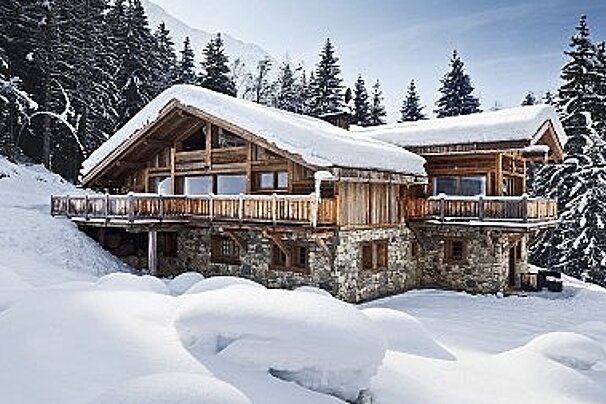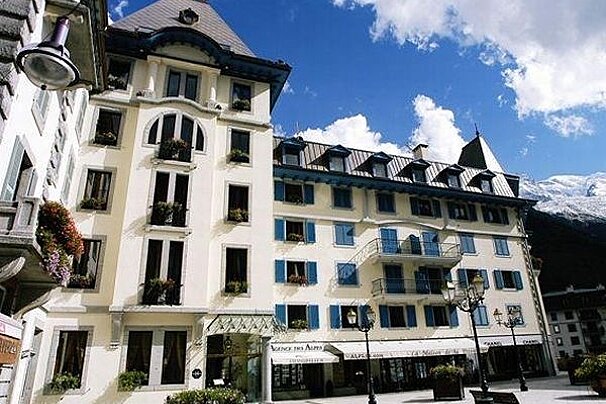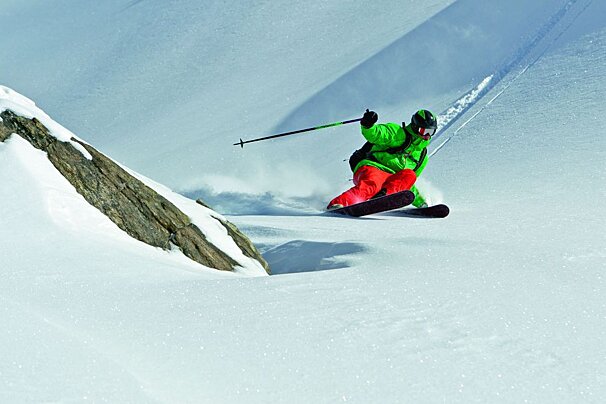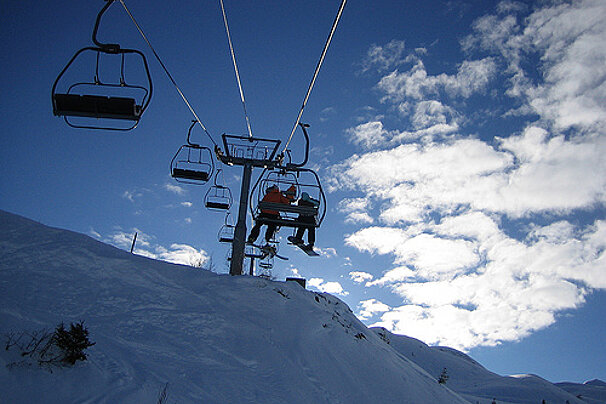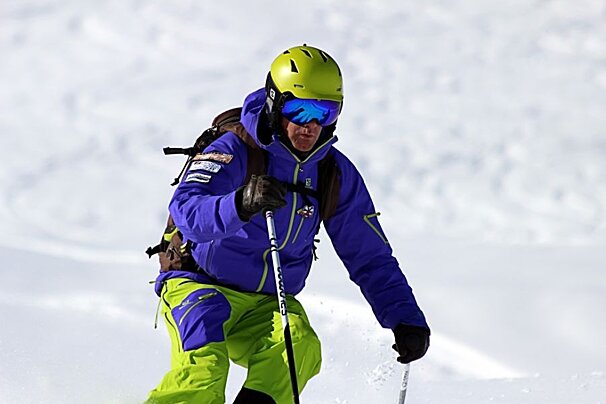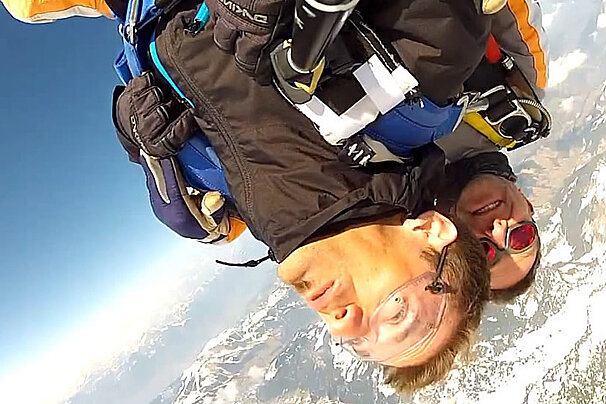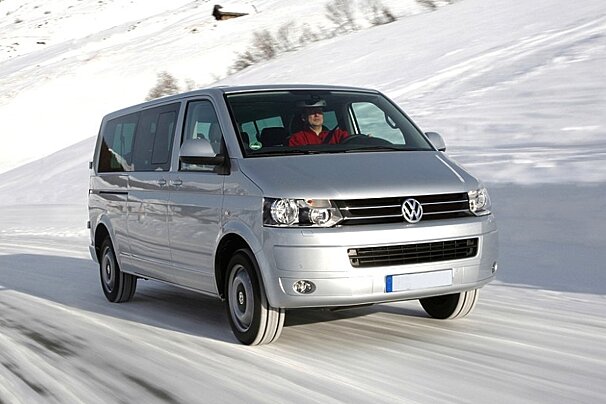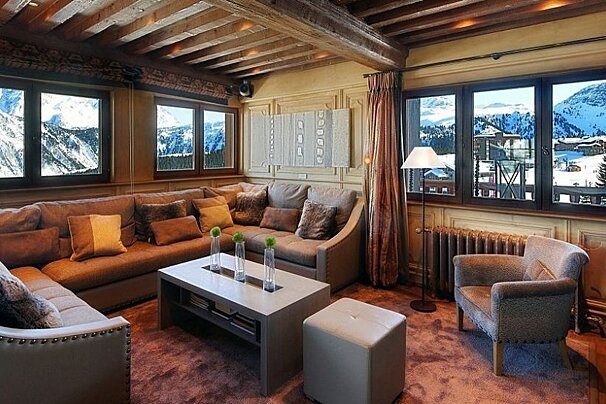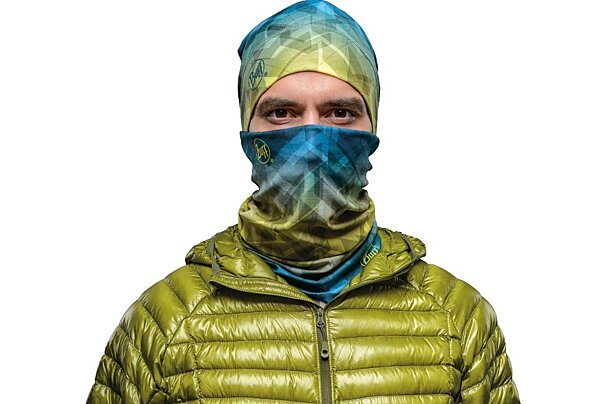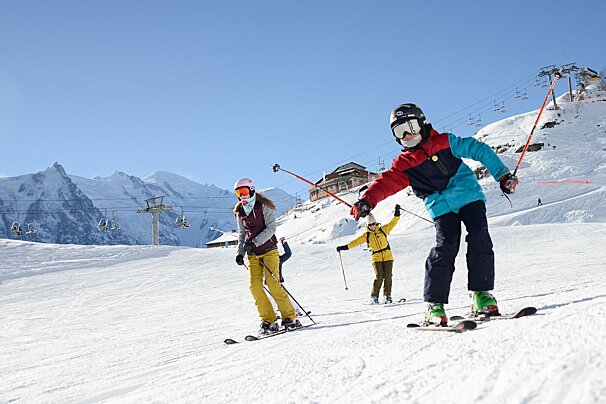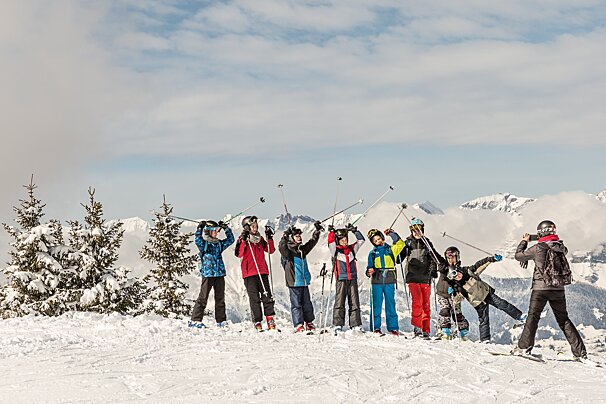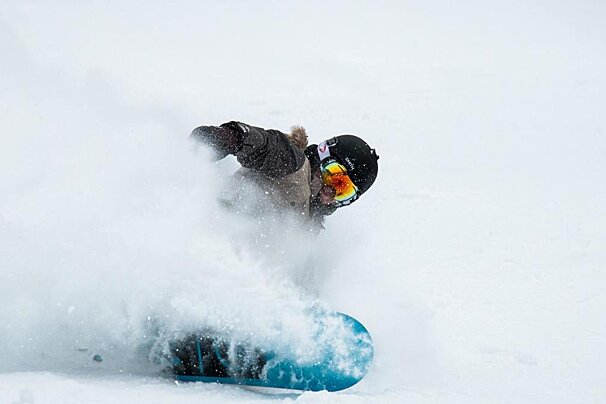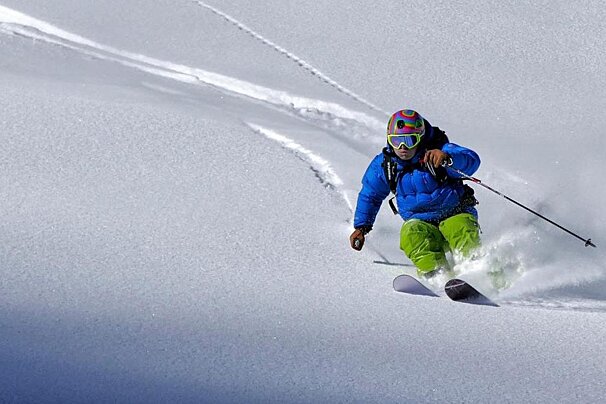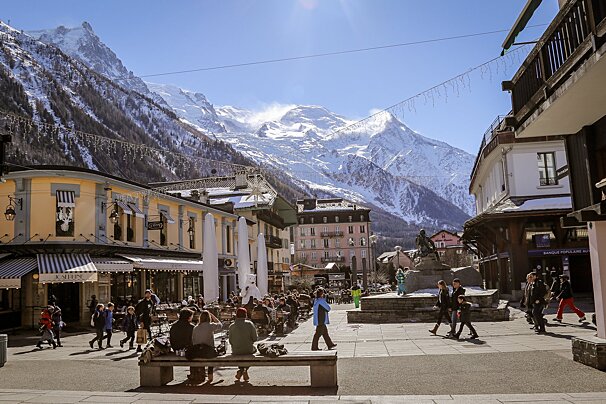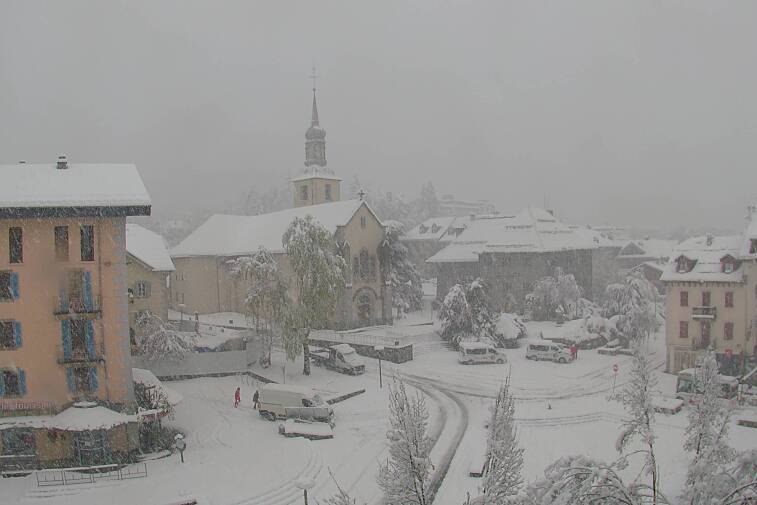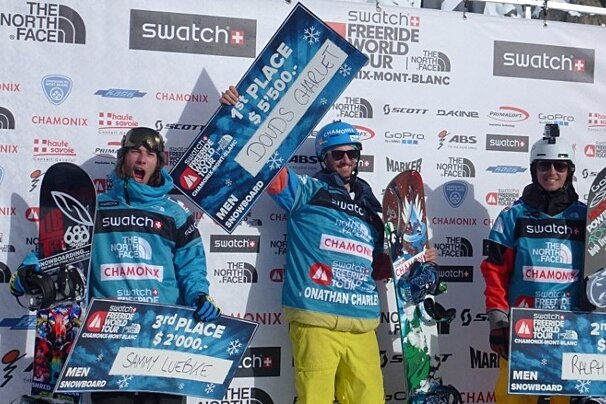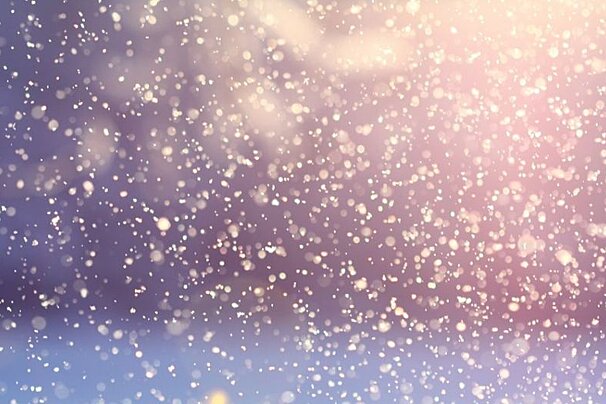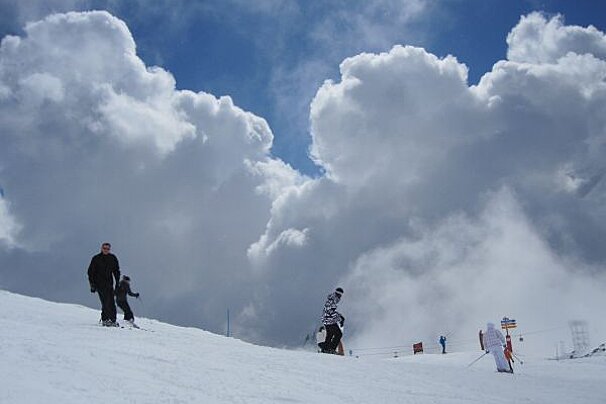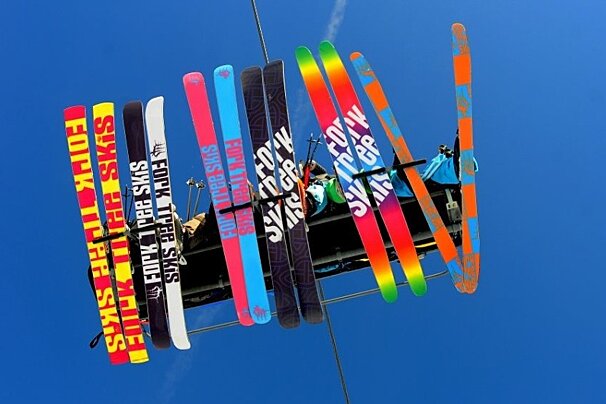
Climbing Mont Blanc
Read our basic guide to climbing Mont Blanc - the highest mountain in Western Europe
Mont Blanc, literally means White Mountain, and as such it's the highest mountain in the Alps. True to its name it stays white all year round thanks to sitting at an altitude of 4,806m and its network of glaciers.
A historically famous summit and a highly ranked mountain in terms of its topographic prominence (vertical distance between the height of the peak’s summit above the lowest contour line encircling it), means that people travel thousands of miles to climb Mont Blanc. In fact, it's estimated that the summit is climbed by an average 20,000 mountaineers every year.
Climbing Mont Blanc is a tremendous challenge, requiring high levels of fitness, determination and mountaineering experience. Help can be provided by a mountain guide for those not highly experienced in mountaineering. And worth nothing that with a guide about half of all climbers achieve the summit, that drops to 1/3 without a guide.
Watch this
Preparation and Organisation
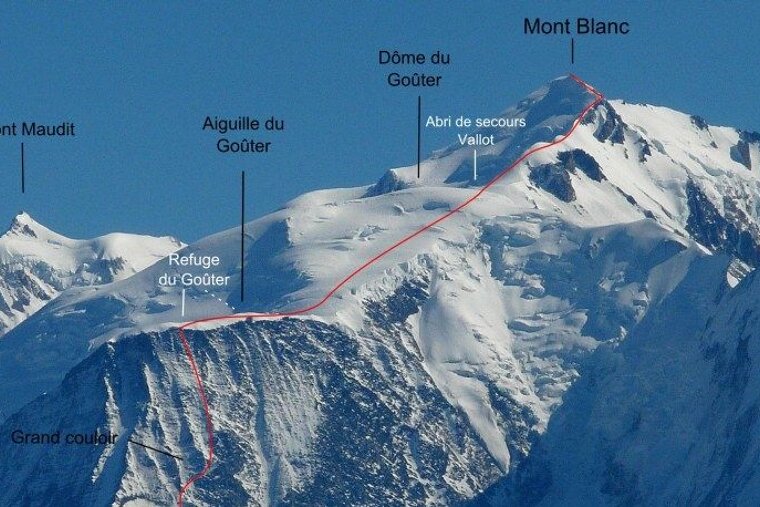
For a successful climb of Mont Blanc, as with all mountaineering routes, experience and preparation is key.
Physically you will not only need to be suitably fit but you will need to have tested your ability at altitude. A first ascent of 4,000m and at least one night at more than 3,000m will give you a better idea of how your body will cope under the sometimes punishing effects of altitude.
You should have had prior experience in alpine peaks, walking with crampons, climbing varied terrain and ridges with knowledge on how to adjust your rope length.
Both physical preparation and technique can be built into a program offered by an experienced Mont Blanc guiding company.
You will also need to prepare mentally for a demanding few days on the mountain on little-to-no sleep and long days of continuous effort.
Equipment
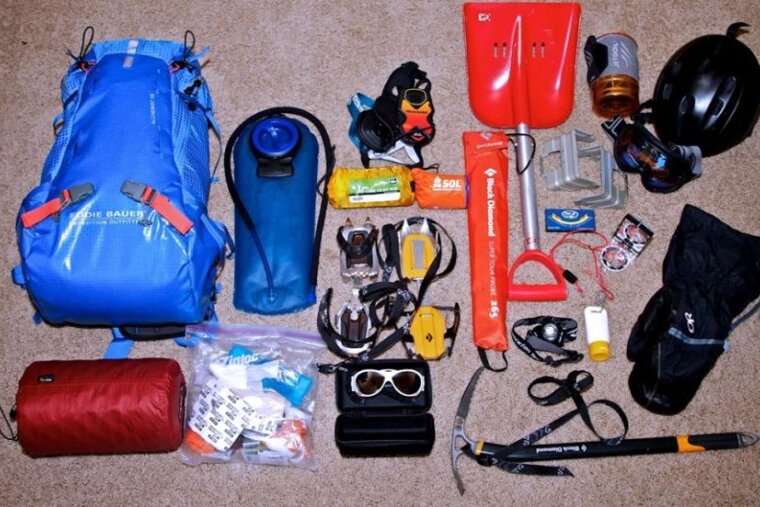
Equipment required to climb Mont Blanc can be split into two categories; the essentials for all climbers and a recommended kit list.
Please note that there is also an essential kit list for climbing the Gouter Route which is stipulated by the Mayor's office of St Gervais.
If you're heading up with a guiding company they will advise you correctly of what is required.
Essentials and recommended equipment
- rucksack (40 litre)
- mountaineering boots
- ice axe
- crampons
- telescopic ski poles
- rappel device
- climbing harness and screwgate karabiner
- lightweight helmet
- head torch
- warm clothing - eg. down jacket
- waterproof (GoreTex) jacket with hood and over-trousers
- hat and buff
- sunglasses (Cat4) and/or ski goggles
- sun cream
- lightweight gloves
- warm gloves or mittens
- first aid kit
- water bottle (1 litre)
- food
Essential equipment (Gouter route)
- warm, waterproof (Gore Tex) jacket
- mountaineering trousers and base layer
- mountaineering-specific boots and crampons
- harness and crevasse rescue equipment
- rope
- ice axe
- GPS or altimeter
- hat, sunglasses, sun cream, ski mask
Additional equipment for experienced mountaineers only, climbing without a guide:
- navigation equipment : IGN Map, compass and altimeter
- avalanche pack (depending on route): transceiver, shovel and probe
- crevasse rescue kit: three karabiners, two ice screws, self locking pulley, ropeman or tibloc, two slings and prusik cord
- most equipment can be hired or purchased in Chamonix.
Mont Blanc routes
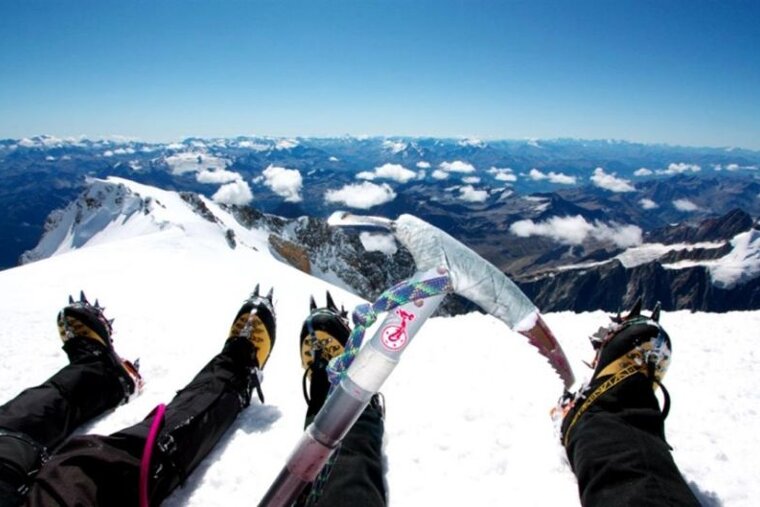
Normal route via Goûter
Alpine grade: PD (somewhat difficult). Ascent: 1,450 + 1,000m or 800 + 1,650 (with overnight stop at Tête Rousse)
With an overnight stay at Tête Rousse, the altitude gain is higher (1,650m), but you will be crossing the couloir at the right time and you can stop at the Goûter refuge on the way back.
This route is the most popular and "least" difficult route to climb Mont Blanc, however there is a risk of rock and ice fall on the Goûter couloir.
Three Monts - Mont-Blanc du Tacul, Mont Maudit and Mont Blanc
Alpine grade: PD+ (somewhat difficult+). Ascent: 1,200m.
More technical and physically demanding than the normal route, this itinerary is attracting increasing numbers of climbers. Descent via either Goûter or Grands Mulets.
With easy access from the Aiguille du Midi cable car and an overnight stay at the Cosmiques refuge, this route has become the second most popular route to climb Mont Blanc.
Grands Mulets and the Dôme du Goûter ridge
Alpine grade: PD+ (somewhat difficult +). Ascent: 700 + 1,800m.
A classic on skis and frequently used for descents, this historic route is not recommended on foot because it means being exposed for too long to the risk of serac falls from the Petit Plateau.
The alternative is to climb the north ridge of the Dôme du Goûter from the Goûter refuge before reaching the Vallot hut. This is the original route used by Jacques Balmat and Michel-Gabriel Paccard in 1786, a very long route which is much less used now.
Italian normal route
Alpine grade: PD+ (somewhat difficult +). Ascent: 1,300 + 1,800m (or 800 + 1,000m).
The normal Italian route is a long and beautiful snowy itinerary on a glacier that can be complicated. Possibility of an intermediate night stop at the Goûter refuge.
Royal Traverse: Miage, Bionnassay, Mont Blanc
Alpine grade: AD (fairly difficult) (exposed). Ascent: 1,450+1,100 +1,650m.
Long expedition with sharp ridge passages that are very tricky.
Tournette Spur
Alpine grade: AD (fairly difficult). Ascent: 1,700 + 1,400m.
Long, exposed route in an adventuresome setting; involves committed climbing with traditional protection.
Innominata ridge
Alpine grade: D+ (difficult +). Ascent: 900+1,500+800m.
Long, exposed expedition along a complicated route.
Safety and risks
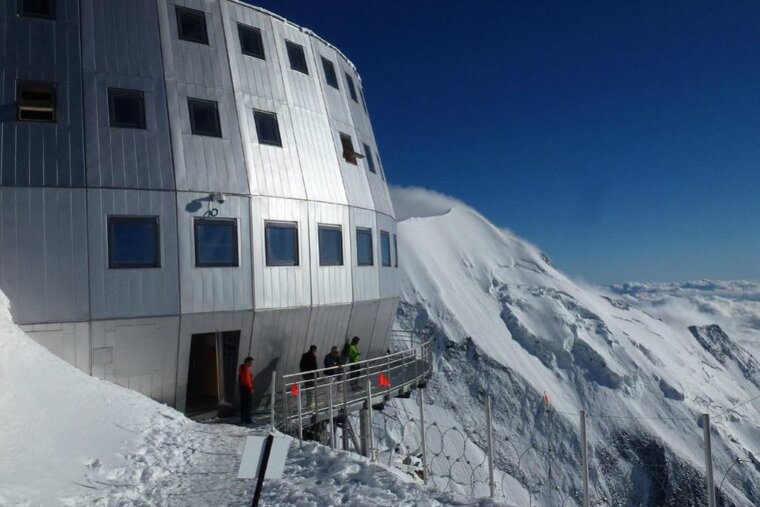
Mont Blanc allegedly has the highest number of fatalities of all mountains in the world, claiming between 6,000 to 8,000 fatalities to date, that's around 100 climbers per year. However, it's important not to confuse the difficulty of a route with danger, the easier and busier routes to Mont Blanc involve all the dangers inherent of the more technical routes.
To limit risks when climbing Mont Blanc it's important to factor in:
Altitude
Lack of oxygen at altitude can cause acute mountain sickness: headaches, insomnia, breathlessness, loss of appetite, nausea, vomiting…the main symptoms can appear even at 3,500m. Proper acclimatisation can help prevent AMS however once the symptoms appear there is nothing to do but start your descent.
Weather
At high altitude the weather can change very quickly, bringing all kinds of difficult conditions such as fog, cold temperatures, violent winds, snow, frost, storms and lightning. It's important to be able to recognise warning signs and to pay attention to forecasts.
Getting lost
One of the main dangers is getting lost in sudden cloud, particularly close to the summit or between the Aiguille du Midi and the Dôme du Goûter. Never set out without a map, navigation instruments and the knowledge of how to use them. Know precisely where you are during your entire itinerary.
Falling
The danger of falling increases with the steepness of the slope. Good technique and suitable roping methods are essential.
Busy periods
The presence of other groups is reassuring, however the presence of other people offers a false sense of security. During the busiest periods (July and August), having to slow down and even stop for others adds further difficulties to crossings and can increase exposure to hazards and high-altitude risks as well as cold and bad weather for longer periods of time.
Fatigue
Altitude, cold temperatures, height gain and increased effort can result in severe fatigue. It's important that group members look out for one another.
Crevasses
Appropriate roping techniques and crevasse rescue equipment on each climbers harness are essential as well as knowing how to use them.
Serac falls
Seracs can fall at any time, without warning, particularly under the Mont Blanc du Tacul, around the Petit Plateau and the Grand Plateau. Avoid these areas or if not, at least do not linger there.
Avalanches
After a period of bad weather, extra care should be taken on gradients of more than 30°. Remember to take an avalanche transceiver, shovel and probe and know when it's best to wait.
Rock falls
Whether natural or caused by other climbers, these demand the greatest care, particularly whilst within the Goûter couloir. Wearing a helmet is essential for this reason.
Ability
Whilst some may tout Mont Blanc as 'just a long walk', some of those in the know recommend having at least six alpine peaks under your belt before you attempt Mont Blanc. Be aware of what you can and can't do, and also what you should or shouldn't do. Don't just rely on your guide. If something doesn't feel right, don't feel pressured into pushing for the summit. There's a reason Mont Blanc is one of the world's deadliest mountains.
More information on routes, safety and preparation can be found on the Fondation Petzl site here.






